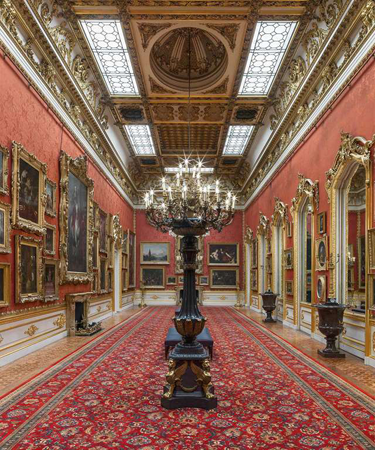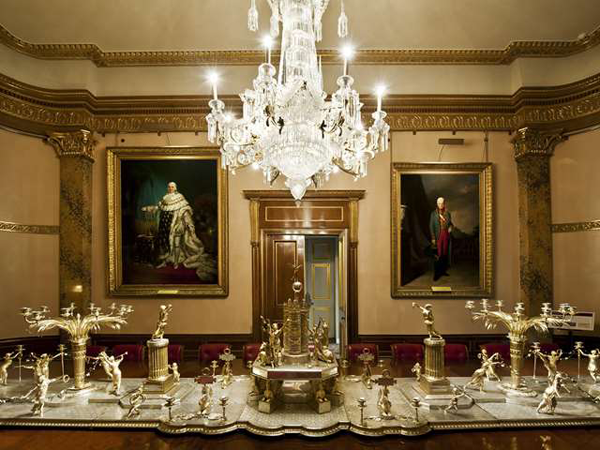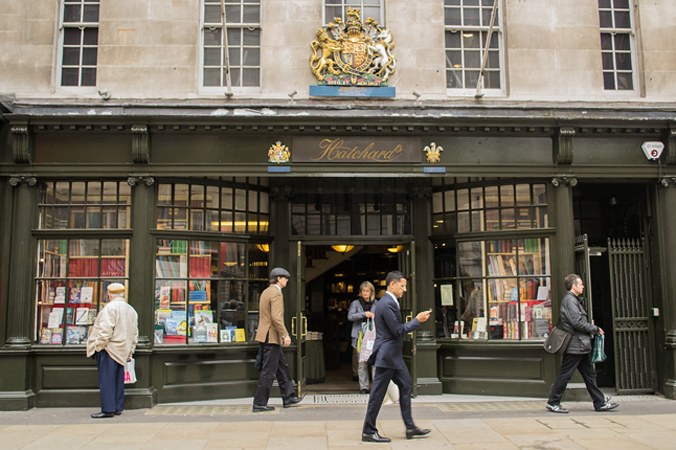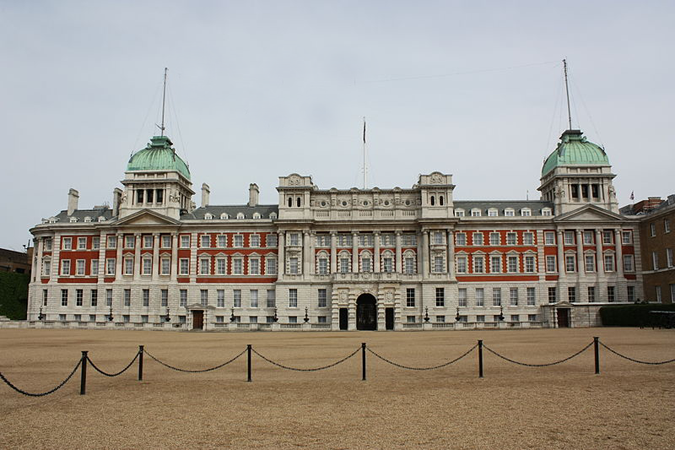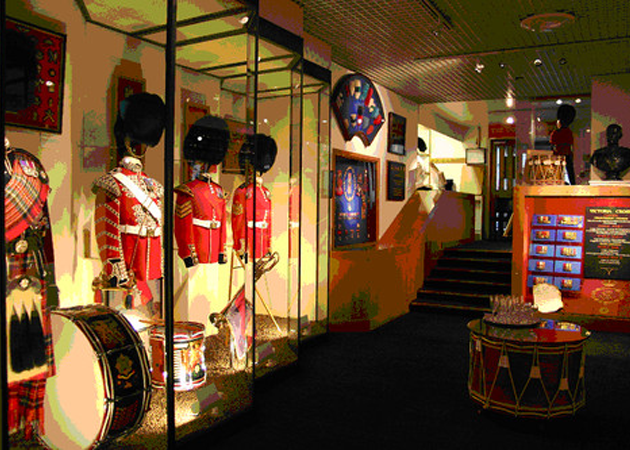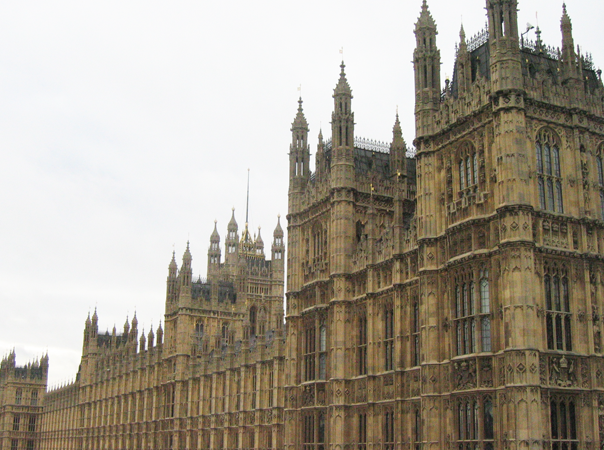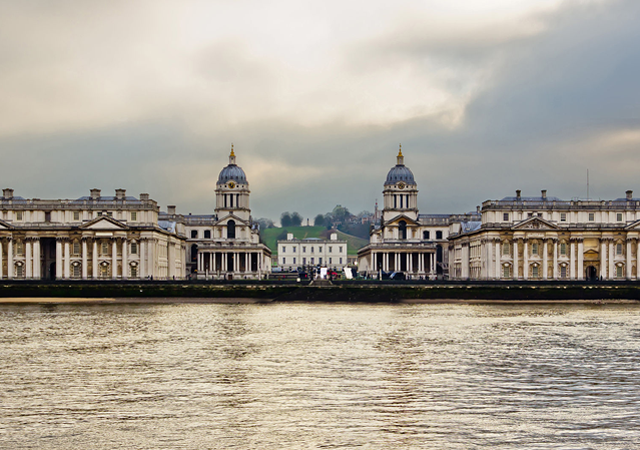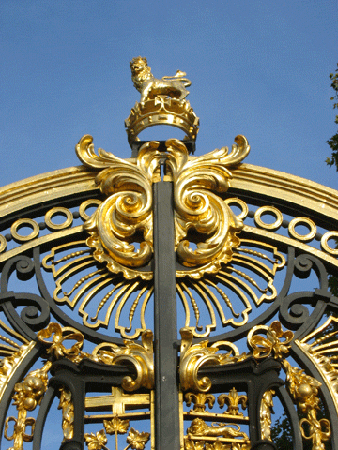Exploring London
Recently, I was lucky enough to get the opportunity to travel to London, one of my favorite cities in the world, for a short research trip. Fabulous Museums! Historic Houses! Legendary Bookstores! Meandering through the same parks and streets that my Regency heroes and heroines tread! (Okay, and shopping the funky antique markets on Portobello Road) It goes without saying that I was “in alt.” (Scroll your cursor over the bottom of each picture in the slideshow to see the caption.)
Alas, space constraints demand that I heavily edit my peregrinations. So I’ll preface my travelogue by saying that there are certain landmark institutions for all lovers of British history that I always visit—The V & A Museum, the British Museum, the National Portrait Gallery, the British Library, The naval War College in Greenwich. But one of the things I really love about London are the smaller, less well-known museums, and this trip I was set on exploring some of them. So without further ado, here are a few of the highlights of my research wanderings:
Apsley House, bought by the Duke of Wellington in 1817 from his elder brother Richard, is a gem of a small museum located at Hyde Park Corner. Known as Number One London, because it was the first house seen by travelers after they passed through the toll gates from Kensington, it was designed by Robert Adam in 1770s, and is a beautifully preserved example of an aristocratic Georgian/Regency residence. Aside from the period furnishings and splendid architectural details, including Adam’s splendid circular staircase (which, by the by, is guarded by Canova’s 11-ft nude statue of Napoleon as Mars the peacemaker) Apsley House contains an amazing wealth of artistic treasures as well as personal items and memorabilia of the Iron Duke.
Most of the paintings on display were captured from Joseph Bonaparte’s baggage train after the Battle of Vitoria and then given to Wellington by the King of Spain. Perhaps even more impressive is Plate and China Room, which displays the gifts bestowed on the duke by the grateful monarchs of Europe after Waterloo. The porcelain, silver and ceremonial swords were dazzling. But my favorite part of the house was Wellington’s “Warrior Valhalla,” a small room hung with an glittering array of military portraits—both his friends and his foes, Somehow I could imagine him sitting there in the evening with a glass of brandy, reviewing the tactics and strategies of bygone battles with the ghosts of the past.
An added delight was the audio tour given to each visitor. Along with a detailed description of the rooms and their contents, the recording also features the present duke recounting family reminiscences, including a very funny anecdote about the Napoleon statue during WWII. (The Wellesleys still reside in a private part of the house . . . talk about living history!)
I also spent a lot of time around The Admiralty (those of you who are fans of Patrick O’Brian and C.S. Forester will recognize the place) and Horse Guards (yes, that’s the name of the building), which housed the general staff of the British Army. Horse Guards is built on the old site of Whitehall Place, which was destroyed by fire in 1689, and its massive parade ground was the old palace’s tiltyard.
In Regency times, only royalty and those with special ivory passes from the monarch could pass through the building’s central archway leading from Whitehall Street to the formal entrance to St. James’s Palace via the Parade and St. James’s Park. Mounted guards still stand duty there, and though these days, the post is ceremonial, I learned a fun fact from one of the policemen guarding the side entrance to the building. (It continues to house high level military brass, so as you can imagine, security is quite strict.) When the command center radios an “okay” for a visitor to enter Horse Guards, the policeman is told that the person has an “ivory!”
There is a tiny but wonderful museum on the history of the Horse Guards regiment adjoining the original stables, and an added plus is that you are able to watch the actual workings of the present-day soldiers tending their horses through a plate glass window. Very cool! The exhibits display uniforms, pistols, swords, medals, and saddles, along with diaries, war booty, and other personal mementos that create a vivid picture of life as an officer and a gentleman.
I also spent several hours in the nearby Guards Museum, which displays the history of the five Guards regiments—Grenadier, Coldstream, Scotch, Irish and Welsh—from the formation of the first unit in 1600s to the present. Again, the wealth of history is mesmerizing. I particularly loved seeing Wellington’s uniform and boots, as well as battle flags from Waterloo. And one always learns such wonderful, arcane bits of information—did you know that the ubiquitous pom-pom atop knitted ski hats originated during the Crimean War and was made to cushion a Guardsman’s head from his helmet?
In between museums, I walked and walked and walked, passing by such historic places as Hatchard’s Bookstore on Piccadilly Street and the antique markets of Portobello Road, where among all the other funky treasures, I discovered a stall selling magnificent original Georgian and Regency miniatures. Aren’t they gorgeous? Alas, they were way too expensive for my purse, but it was fun looking!


